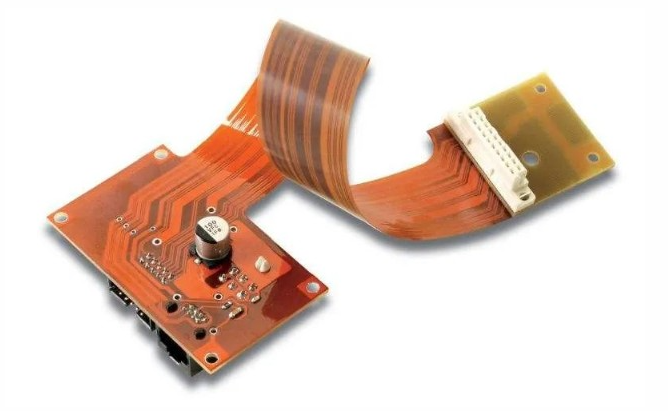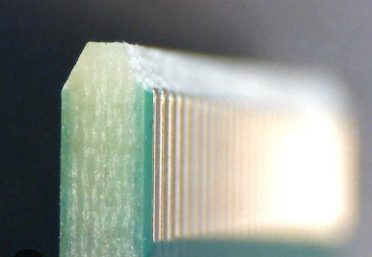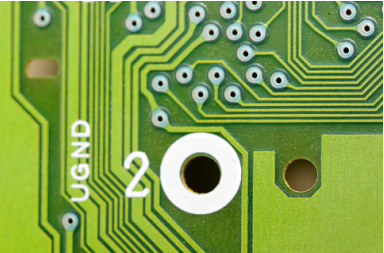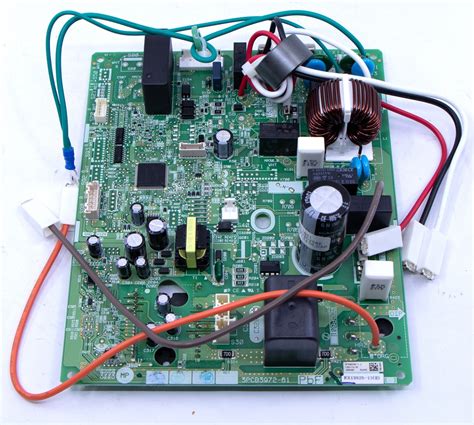How to ensure that PCB design files meet SMT processing requirements? Look here!
In the electronics manufacturing industry, surface mount technology (SMT) has become the mainstream production method. Its high efficiency and precision require that PCB design files must meet strict processing standards.

1.File integrity check
1.1 PCB schematics and Gerber files
First, it is necessary to confirm whether the customer has provided a complete PCB schematic and the corresponding Gerber files.
The PCB schematic should contain all device names, pin numbers, pin definitions, wiring electrical properties, electrical parameters and other information, which is the basis of PCB design.
The Gerber file is generated by the PCB design software and is used to guide the actual production. It includes key information such as outer copper, inner copper, surface tin spraying, and via connectivity.
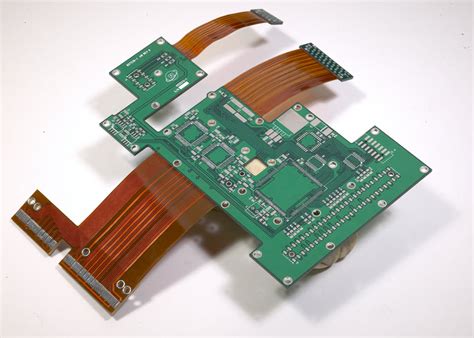
1.2 BOM table
The BOM table (Bill of Materials) is a key file to confirm component model, package, quantity and other information. The BOM table must be accurate and match the schematic and Gerber file to ensure that there will be no component mismatch or omission during procurement and production.
2.Design Standardization Check
2.1 Line Width and Spacing
SMT processing has strict requirements on the line width and spacing of PCB. The line width and spacing should be determined according to the design current and impedance requirements to ensure the reliability of signal transmission. Generally speaking, SMT equipment has restrictions on the minimum line width and spacing, and these specifications must be followed during design.
2.2 Pad Design
Pads are the key parts for connecting components to PCBs in SMT processing. The size, shape and position of pads must match the mounted components to avoid poor welding. At the same time, the design of pads must also consider the processing accuracy and speed requirements of SMT equipment. (BGA pad design, you must master these points!)
2.3 Component Layout
Reasonable component layout can improve the mounting efficiency and accuracy of SMT equipment. Components of the same type should be placed as close together as possible to reduce the moving distance of the equipment. At the same time, interference between components caused by too small spacing and waste of PCB space due to too large spacing should be avoided.

3.Process compatibility check
3.1 Material selection
SMT processing requires thermal stability, low thermal expansion coefficient, high strength and other characteristics of PCB materials. Materials suitable for SMT production should be selected during design to ensure that the PCB can withstand high temperature and pressure during processing.
3.2 Welding specifications
Confirm whether the welding specifications in the PCB design file meet the SMT processing requirements, including pad size, spacing, shape, etc. At the same time, the uniformity of the welding temperature needs to be considered to avoid the impact of the heat-affected area on the performance of components.
4.Production preparation and testing
4.1 BOM table confirmation and procurement
When purchasing the required components according to the BOM table, it is necessary to select a reliable supplier to ensure the quality of the components. Before entering the warehouse, all components should be subjected to basic inspections such as appearance and electrical performance, and X-ray inspection should be carried out if necessary to eliminate internal defects.
4.2 SMT program and process parameters
According to the PCB design file, compile the SMT program of the SMT machine, including component layout, mounting sequence, etc. At the same time, determine the key process parameters such as reflow soldering temperature curve, SMT pressure, speed, etc. to ensure welding quality.
4.3 First-piece inspection and comprehensive testing
Carefully inspect the first batch of mounted PCBs to confirm that there are no problems such as misalignment, missing or wrong mounting. Check the welding quality through AOI (automatic optical inspection) or X-ray to detect and repair welding defects in time. After completing the proofing, conduct electrical performance tests and environmental adaptability tests to ensure the stability of the product under different conditions.
Confirming whether the PCB design files provided by the customer meet the SMT processing requirements is a meticulous and comprehensive process involving file integrity, design specification, process compatibility and other aspects. By strictly following the above steps, the quality and production efficiency of PCB design can be effectively improved, laying a solid foundation for subsequent SMT processing.
As practitioners in the electronics manufacturing industry, we should continue to learn and master the latest technologies and specifications to cope with the increasingly fierce market competition.



